Quantum Computing
November 5th, 2015 | by
admin | published in
News, Papers, Quantum Computing
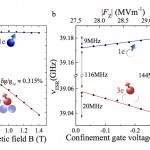
Spin qubits composed of either one or three electrons are realized in a quantum dot formed at a Si/SiO_2-interface in isotopically enriched silicon. Using pulsed electron spin resonance, we perform coherent control of both types of qubits, addressing them via an electric field dependent g-factor. We perform randomized benchmarking and find that both qubits can […]
July 4th, 2014 | by
admin | published in
Featured, Highlights, Quantum Computing, Research
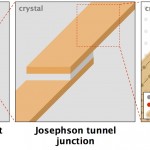
Superconducting circuits are exceptionally flexible, enabling many different devices from sensors to quantum computers. Separately, epitaxial semiconductor devices such as spin qubits in silicon offer more limited device variation but extraordinary quantum properties for a solid-state system. It might be possible to merge the two approaches, making single-crystal superconducting devices out of a semiconductor by […]
September 8th, 2013 | by
admin | published in
All, Highlights, Nanotechnology, Phonitons, Quantum Computing, Research
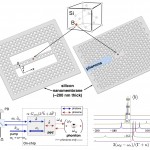
We show how long-lived and tunable acceptor impurity states in silicon nanomechanical cavities can play the role of a matter non-linearity for coherent phonons just as, e.g., the Josephson qubit plays in circuit-QED.
August 30th, 2013 | by
admin | published in
All, Nanotechnology, News, Papers, Phonitons, Quantum Computing
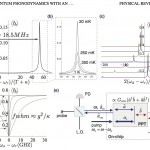
We describe a chip-based, solid-state analog of cavity-QED utilizing acoustic phonons instead of photons. We show how long-lived and tunable acceptor impurity states in silicon nanomechanical cavities can play the role of a matter nonlinearity for coherent phonons just as, e.g., the Josephson qubit plays in circuit QED. Both strong coupling (number of Rabi oscillations ≲100) and strong dispersive coupling (0.1–2 MHz) regimes can be reached in cavities in the 1–20-GHz range, enabling the control of single phonons, phonon-phonon interactions, dispersive phonon readout of the acceptor qubit, and compatibility with other optomechanical components such as phonon-photon translators. We predict explicit experimental signatures of the acceptor-cavity system.
August 9th, 2013 | by
admin | published in
All, News, Preprints, Quantum Computing
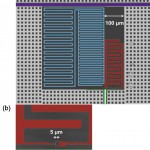
Two-tone spectroscopy of a superconducting transmon qubit in a cavity. We find evidence of strongly-coupled atomic physics in these man-made systems.
Superconducting qubits and circuits are a promising technology for a variety of applications, from exploration of physics to quantum information processing or particle detectors.
January 25th, 2013 | by
admin | published in
All, Blog, Preprints, Quantum Computing
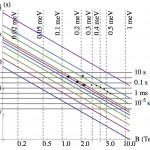
We review and expand on previous work that treats relaxation physics of low-lying excited states in ideal, single electron, silicon quantum dots in the context of quantum computing. These states are of three types: orbital, valley, and spin. The relaxation times depend sensitively on system parameters such as the dot size and the external magnetic […]
September 27th, 2010 | by
admin | published in
All, Conferences, Featured, Highlights, Quantum Computing
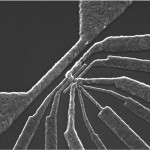
The spin of an electron in silicon may act as an information carrier in future information technologies, from quantum computers to spintronics. For quantum information applications, the spin of cold localized electrons in silicon can make a good quantum memory due to the purifiability of the spin environment (a spin-0 nuclear isotope is available) and […]






